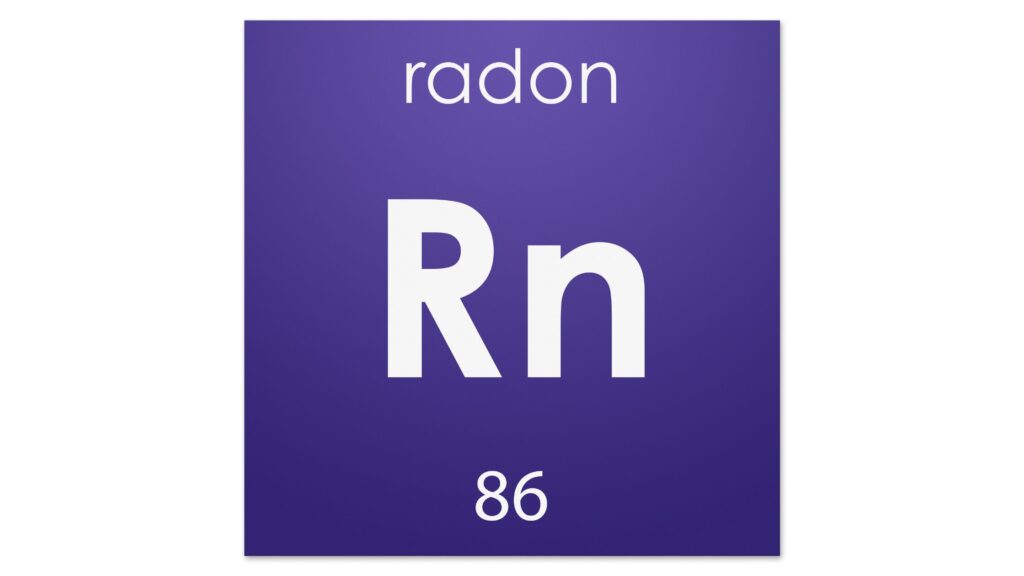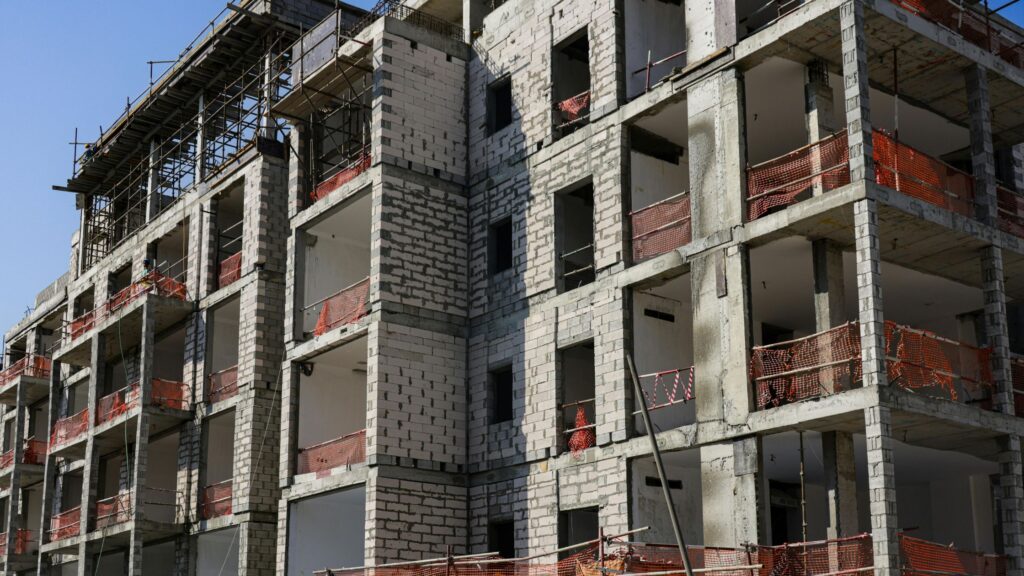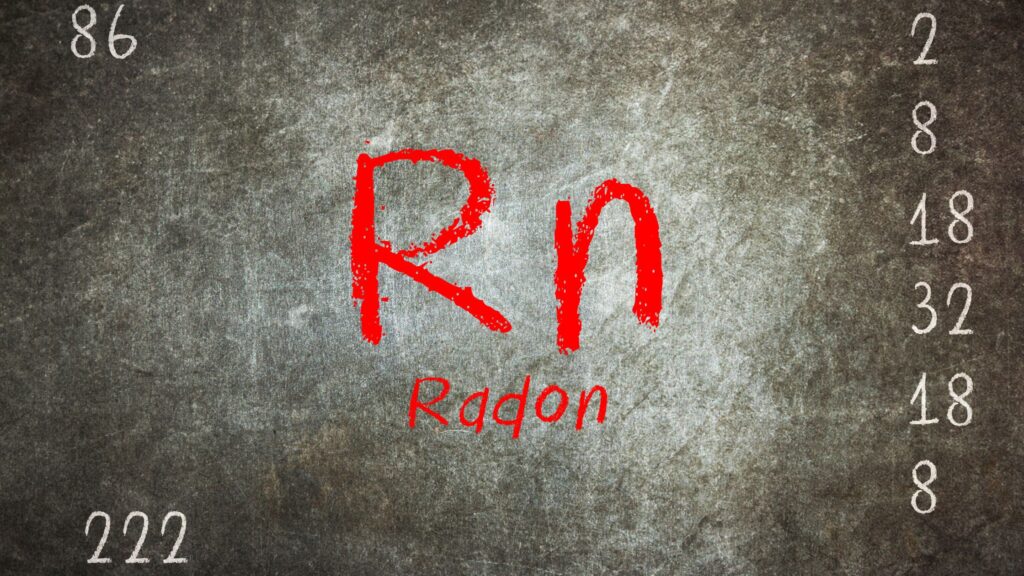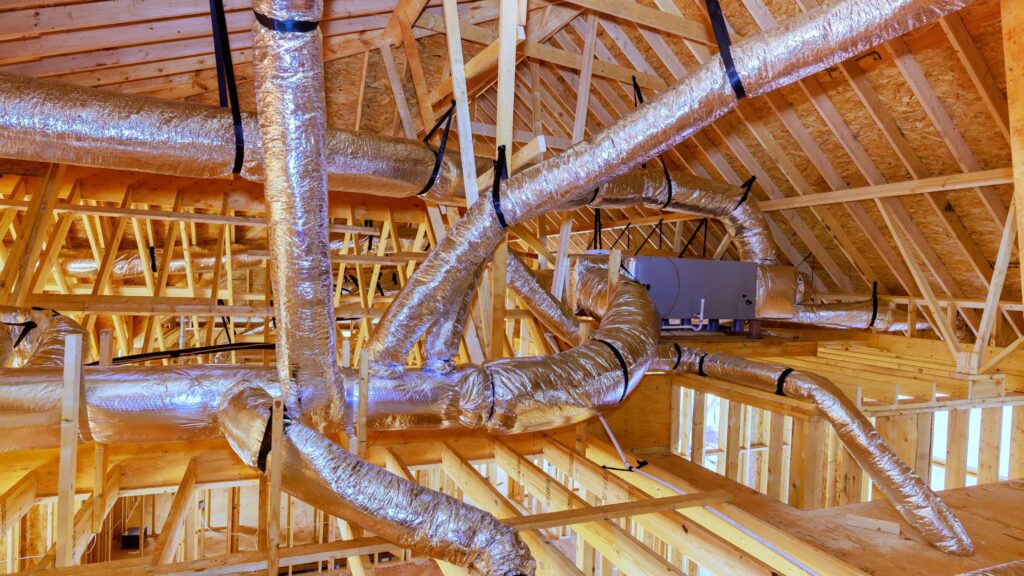Radon is a silent threat that could be lurking in your home without any visible signs. It’s an odorless, colorless gas that naturally seeps from the soil and can accumulate indoors. High levels of radon exposure have been directly linked to serious health risks, including lung cancer. Fortunately, finding a radon mitigation system nearby can drastically reduce this risk and create a safer living environment for your family.
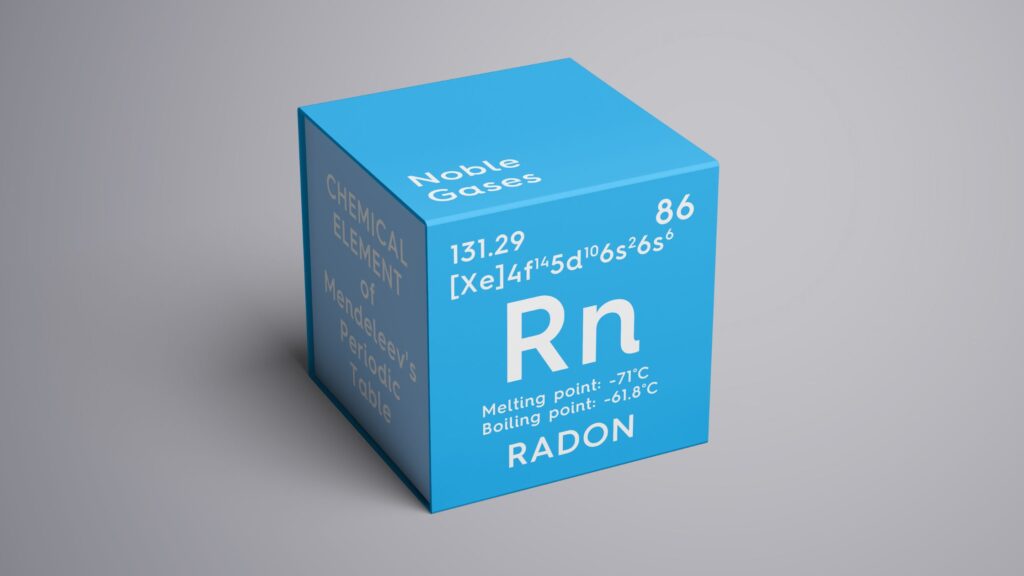
Why You Need a Radon Mitigation System
Many homeowners overlook radon testing until it’s too late. However, addressing radon levels early protects your household from long-term exposure. A radon mitigation system works by venting radon gas from beneath your home’s foundation to the outside air, preventing it from entering your living space. Professional installation ensures the system functions properly and remains effective over time.
Choosing a radon mitigation system nearby allows for quick, reliable service when you need it most. Local providers not only understand regional radon patterns but also deliver personalized solutions. Moreover, they respond faster to emergencies or maintenance needs compared to companies located farther away.
What Sets Human-Based Services Apart
Automated systems may appear efficient on paper, but when it comes to radon mitigation, human experience matters. A technician can evaluate your home’s layout, foundation type, and unique environmental factors. Unlike machines, trained professionals use judgment and expertise to customize the system, ensuring optimal performance.
Additionally, human-based services offer reassurance through face-to-face communication. They guide you through the process, answer questions, and follow up to ensure long-term results. When choosing a local provider, this personal touch makes a significant difference in your overall experience.
Understanding the Radon Threat in Detail
Radon naturally occurs as uranium breaks down in soil, rock, and water. It can enter homes through cracks in floors, walls, or foundations. Homes with basements or crawl spaces are particularly vulnerable, although radon can affect any type of home, regardless of age or location.
Since radon is undetectable by sight or smell, testing is the only way to determine its presence. Fortunately, many certified professionals offer affordable radon testing services. If elevated levels are detected, installing a mitigation system becomes a crucial next step.
Health experts estimate that radon exposure causes thousands of lung cancer deaths each year. That makes it the second leading cause of lung cancer in the United States, following smoking. For non-smokers, it is the leading cause. These facts make it clear: proactive testing and mitigation can save lives.
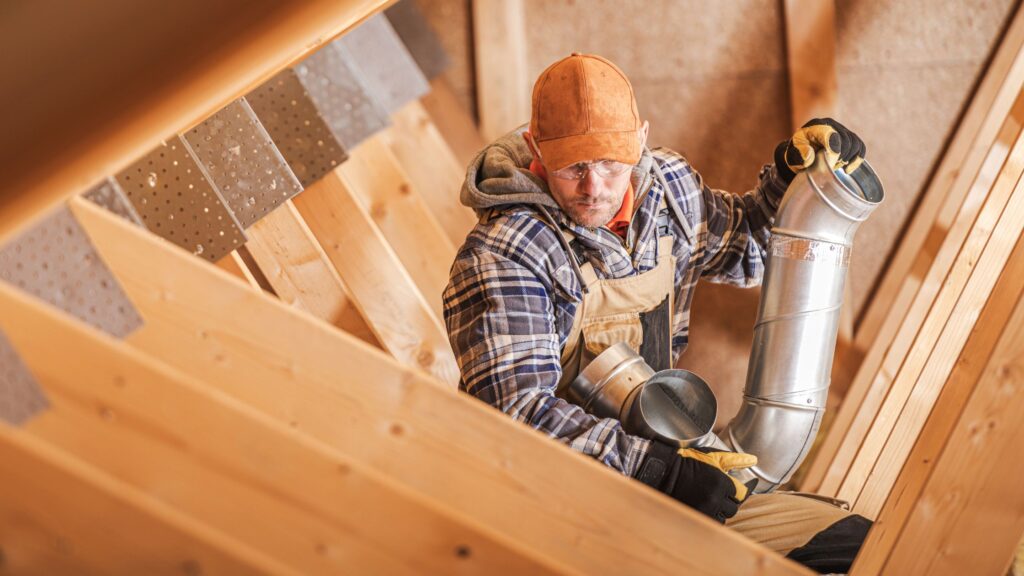
Key Benefits of Hiring a Local Radon Mitigation Expert
- Faster response times:
Local teams can evaluate and begin your project sooner.
- In-depth local knowledge:
Experts understand regional soil conditions and radon prevalence.
- Personalized support:
You’ll receive clear guidance throughout installation and beyond.
- Post-installation monitoring:
Many companies offer follow-up testing to confirm system success.
By hiring a professional service offering a radon mitigation system nearby, you make a proactive choice for your family’s well-being. You also gain peace of mind knowing your home meets national safety standards for indoor air quality.
How Professionals Customize Each Installation
When you choose a human-based radon mitigation provider, you’re getting more than a standard setup. These experts take time to assess multiple factors—such as your home’s age, foundation type, basement layout, and even regional weather patterns. This assessment helps them decide where to place pipes and fans for maximum efficiency.
Moreover, trained technicians can adapt to unexpected challenges during installation. Whether it’s unusual concrete density or hidden obstructions, professionals adjust in real-time—something automated systems simply can’t handle. As a result, homeowners receive a system that performs optimally from day one.
Long-Term Maintenance and Monitoring
Once installed, a radon mitigation system should be checked periodically. Fans may wear out or lose efficiency, and seals may degrade over time. Local human-based providers can schedule regular inspections and fix any issues immediately. Many also offer ongoing testing services to track radon levels and confirm system effectiveness year after year.
Conclusion
Protecting your home from radon doesn’t have to be stressful. With a trusted local provider, you can ensure fast service, expert installation, and ongoing support. If you’re searching for a radon mitigation system nearby, consider the human-first approach provided by Radon Mitigation. Their dedicated team delivers personalized, high-quality service to keep your home safe.
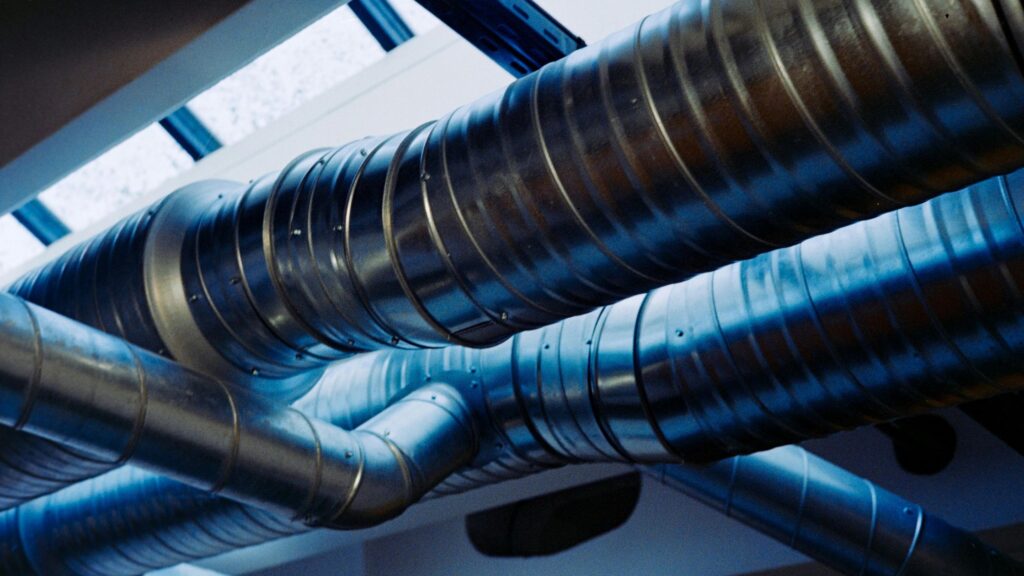
Frequently Asked Questions (FAQs)
1. What is a radon mitigation system and how does it work?
A radon mitigation system reduces indoor radon levels by venting the gas from beneath your home to the outside. It typically includes a vent pipe and a fan that directs radon away from your living areas.
2. How do I know if I need radon mitigation?
If a radon test shows levels at or above 4.0 pCi/L, the EPA recommends mitigation. Even lower levels can pose risks, so many homeowners choose to reduce them proactively.
3. Why should I choose a local radon mitigation service?
A local service ensures quicker installations, in-person support, and a better understanding of regional radon concerns. They’re also available for follow-up visits or maintenance.
4. Are human-based services better than automated systems?
Yes. Human experts assess your home individually, install the system with precision, and provide ongoing advice—something automated systems cannot replicate.

